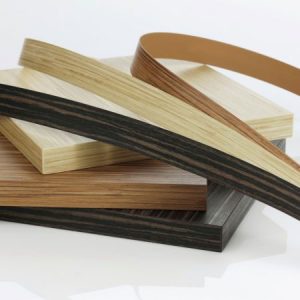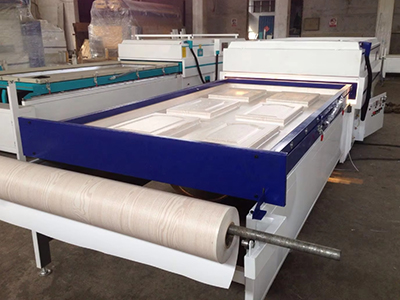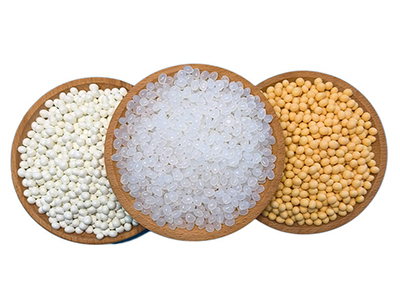10 common problems and analysis of edgebanding hot melt adhesive
#1 Loosen after bonding
- a. The unqualified melamine seal at the bottom releases substances that cause degumming
- b. Unqualified PVC edge-sealing bottom coating (medium) is not compatible with hot melt adhesive
- c. The oily veneer edge is bonded with incompatible hot melt adhesive
- d. The cause is caused by the hot melt adhesive being cold (rapidly cooling down) during the bonding process. Stable bonding conditions (including temperature, pressure, and working speed, etc.) should be maintained, otherwise the bonding effect will also be affected.
The causes of rapid cooling down are as follows:
- a.The heating time of the hot melt adhesive during the gluing process is too short, so that the temperature of the hot melt adhesive fails to meet the requirements
- b.The setting temperature of hot melt adhesive is too low
- c.Insufficient amount of glue
- d.Temperature is too low during work or construction site
- e.The substrate temperature is too low
#2 “Glue filaments” are produced when glue is applied
- a. The set temperature of the glue applicator is too low
- b. The hot melt adhesive has deteriorated before use
- c. Improper glue application procedures and methods (excessive glue application)
- d. The temperature difference between outdoor and indoor (construction site) is large, and the air convection will easily change the ambient temperature (especially in winter)
#3 The edges are stained or too much glue adhered
- a. Excessive glue
- b. Mechanical failure in the trimming procedure
- c. Improper glue application position
- d. The set temperature of the fuser is too high

#4 The coating machine has insufficient or uneven coating
- a. The glue spreader has blocked glue during the pre-melting process or at the glue outlet, which may cause uneven glue application
- b. The operating load capacity of the machine is not enough to melt the adhesive completely
- c. The fuser temperature setting is too low
#5 Excessive smoke or smell
- a. The set temperature is too high
- b. Incorrect mechanical current device
- c. Failure of the thermostat of the glue applicator
- d. heater failure
- e. The fuser is not clean and mixed with other impurities or dust
#6 Hot melt adhesive is severely discolored
- a. Contaminated, forming oxidation
- b. Material deterioration after being heated or high temperature
- c. The fuser works for a long time without edge banding operation
#7 The edge banding is easy to fall off during the trimming procedure
- a. Glue is too thin
- b. The material is too cold or damp (especially when it is just glued)
- c. If the glue line is clearly visible and shows the pattern of the glue roller, the temperature of the glue roller may be too low
- d. The conveyor belt speed is too slow
- e. The temperature of the surrounding environment or the temperature of the material is too low (working below 15°)
- f. insufficient pressure
#8 The effect of bonding both sides is good on one side and bad on the other
- a. Poor contact between the panel (substrate) and the pressure roller
- b. The uneven application of glue causes the glue to ooze, which hinders the edge banding process

#9 Intermittent bad adhesion
- a. The liquid state temperature of the hot melt adhesive is too low
- b. When the adjustment speed of the edge banding machine is too fast and the amount of glue applied is too high, the hot melt cylinder cannot melt the hot melt glue in time, resulting in uneven glue application
- c. The temperature of the fuser is unstable
#10 The sealing edge appears to be separated soon after bonding
- a. The temperature of the hot melt adhesive, edge banding, substrate, cargo or pressure roller is too high
- b. The temperature (room temperature) of the construction environment is too high
- c. Too much glue
- d. The humidity of the edge banding or substrate is too high
- e. The base material and the edge banding itself contain resin (oily) ingredients, so the adhesive force is reduced, which most often occurs in the process of using veneer/solid wood edge banding





